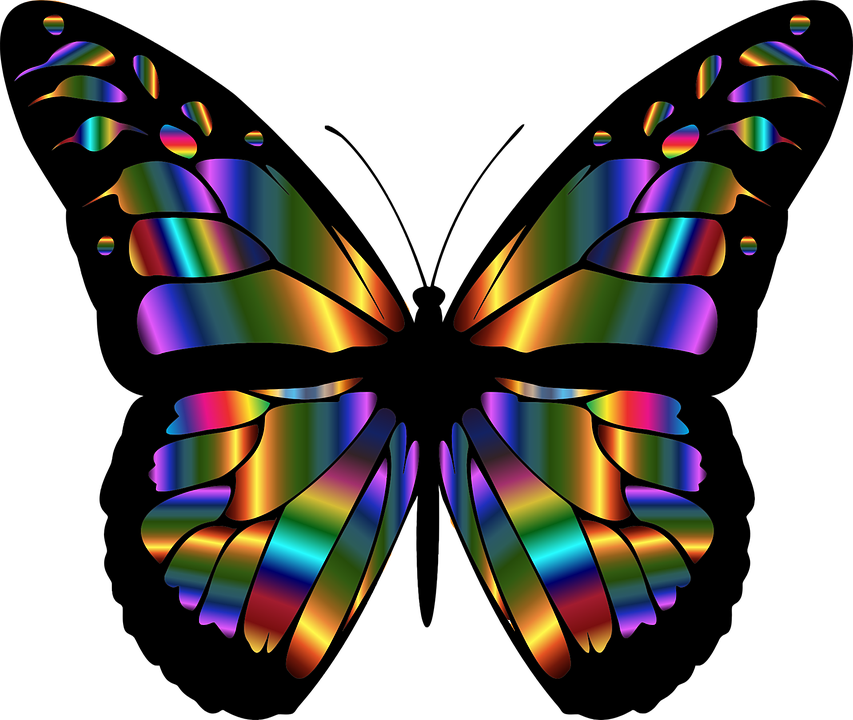Butterfly is beautiful because of it's symmetrical shape. Almost all natural objects have symmetrical shape. Humans , animals, plants, moon, mountain, seashells, snowflakes, egg, DNA etc,.
There are many examples in mathematics.
*Shapes like parabola, cone, square, circle, etc,.
*Every operation has a reverse operation.
+ to -
x to /
a=b^c to c= log a to base b
*Even the mathematical objects called fractals which are arising out of chaos exhibits symmetry.
Symmetry is abundant in physics.
*To every action there is and equal and opposite reaction.
*Heat can be converted into work and vice versa.
*Energy to mass; mass to energy. Both conversion possible.
*If magnetic dipole has north and south pole, electric dipole must have positive and negative poles.
*If changing magnetic field creates electric field then changing electric field must create magnetic field.
*In a motor, we send current and produce rotations. In a generator, we make rotations and produce currents.
*Antenna can send radio waves and as well as receive radio waves.
*If light waves behaves like particles called photons, the particles like electron should behave like waves.
*For a particle there is a anti particle. Examples: Electron x proton; proton x anti-proton. They have opposite changes.
*Particle and antiparticle can annihilate each other and create waves. From the waves, we can extract back the pair of particles.
*Can we think of a car, bike, or a plane without symmetry?
So it goes on.
so using symmetry, one can understand the science phenomenon, design a new device or invent a new principle. Also symmetry adds a beauty to an object or a principle. The particle Higg's boson was discovered using symmetry principle.
